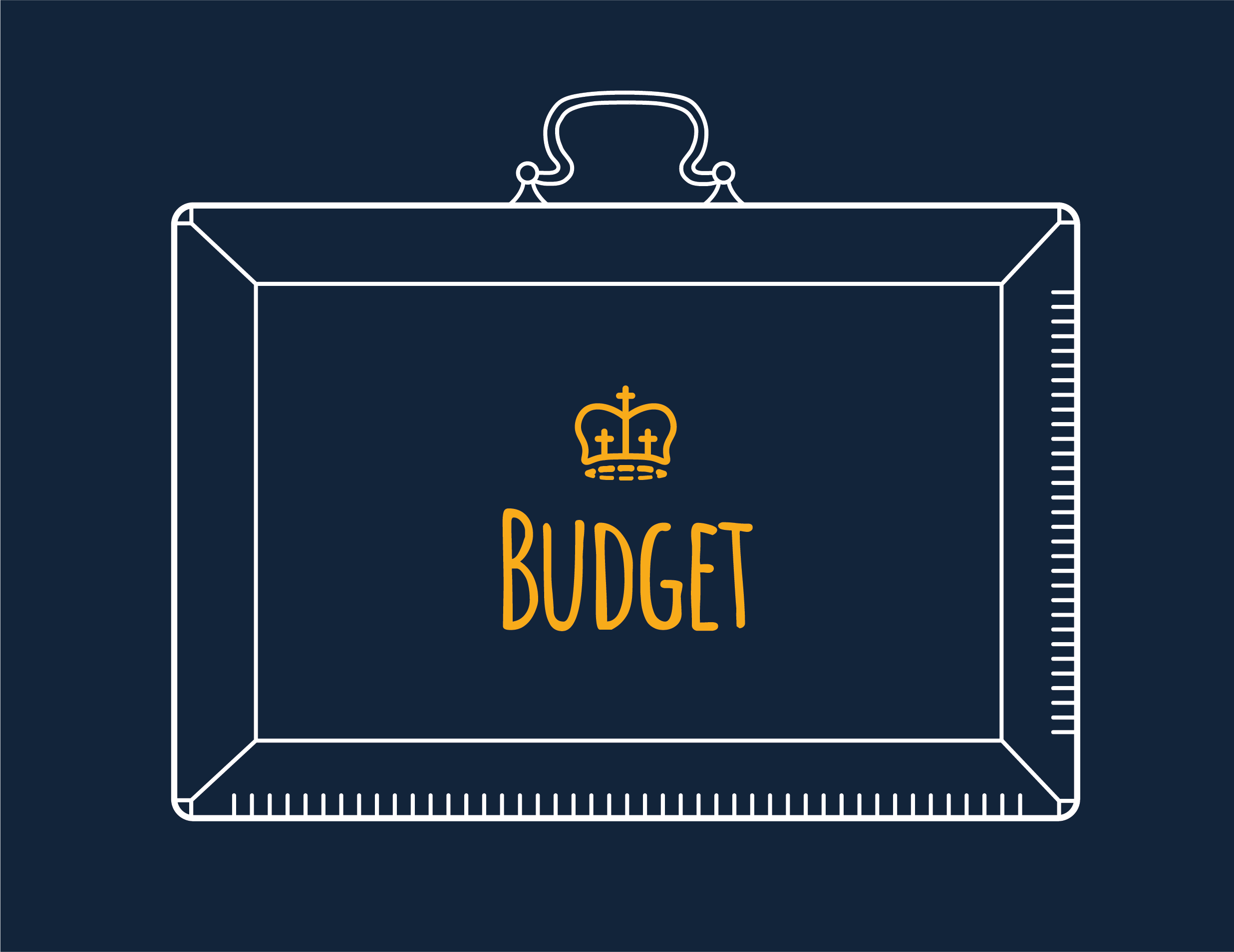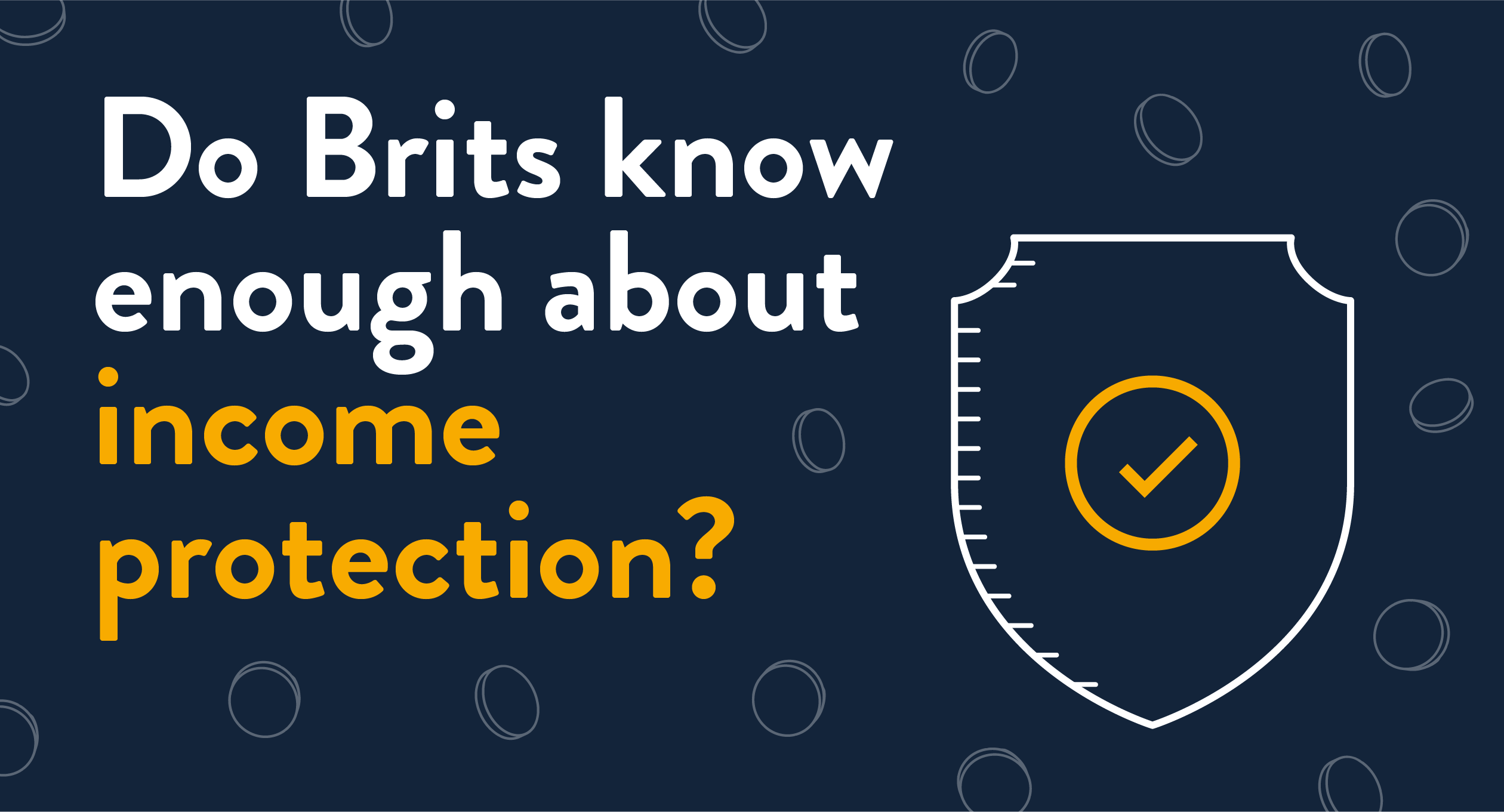
If you would like to seek better returns, it may be time to transfer your ISA and make your money work harder.
What is an ISA transfer?
An ISA transfer is when you move your ISA from one provider to another or you move your savings from a cash ISA to a stocks and shares ISA, or vice versa.
Should I consider a transfer?
There are several reasons to consider transferring your stocks and shares ISA to a different provider:
Lower fees: A new provider may offer reduced charges on management and dealing fees.
Simplifying investments: Consolidating multiple ISAs with one provider can make managing your investments easier.
Better service: Improved customer service, online tools, and investment option may be available.
Improved growth: Moving a cash ISA to a stocks & shares ISA may provide higher returns over the long term.
Understanding Stocks and Shares ISA transfer rules
All ISA providers must allow transfers out, but not all providers accept transfers in.
If you would like to switch your current or previous year’s ISA to a new provider, while keeping future tax benefits intact, you will need to arrange for a transfer rather than selling or re-investing.
If you transfer a Stocks and Shares ISA that you have paid into during the current tax year to a different provider, you must transfer the whole balance. However, for ISAs from previous years, you can choose how much to transfer.
There are two ways that you can transfer your stocks and shares ISA from one provider to another – either through a cash transfer or an ‘in specie’ transfer.
What is a cash transfer?
In a cash transfer, your current provider sells your investments and transfers to another provider, who then reinvests the funds.
- Pros: This method is generally quicker.
- Cons: Your money will be ‘out of the market’ during the transfer, so you may miss potential gains if share prices rise.
What is an in-specie transfer?
An in-specie transfer moves your investments directly to a new provider without selling them. This is also known as re-registration.
Cons: May take longer to complete and is not available with all providers.
Pros: Avoids trading costs and allows you to stay invested during the transfer.
Can I transfer a Stocks and Shares ISA to a Cash ISA?
Yes. Since July 2014, you have been able to transfer a stocks and shares ISA to a cash ISA. This can be useful if you want to reduce exposure to market risks, especially as you approach retirement.
Can I withdraw money and open a new ISA instead?
Never withdraw your money from an investment ISA and pay it into a cash ISA, as doing so will cancel the tax-free benefits. Your money is taken out of a tax-efficient wrapper, and any deposits into another ISA will then use some of your annual allowance. If the value of your savings that you are transferring is more than an ISA allowance, you won’t be able to put it all back in an ISA.
Potential transfer fees
Some providers charge fees for transferring an ISA.
- Check the terms and conditions of your existing and new provider before proceeding.
Exit fees may apply, especially for in-specie transfers.
How to transfer your Stocks & Shares ISA step-by-step
- There are plenty of stocks and shares ISAs to choose from so shop around for the best provider.
- Contact your new provider or visit their website to complete a transfer form. Most providers will let you fill the form in online and complete it with a digital signature.
- Watch out for exit fees. It’s possible your current provider will charge an exit fee, especially if you have decided to transfer as stock.
Why transfer to a Stocks and Shares ISA?
A stocks and shares ISA can be a great way to make your money work harder. Unlike a cash ISA that will simply pay tax-free interest on your savings, a stocks and shares ISA will aim to outgrow cash interest rates with investment growth.
Other types of ISAs include:
- Junior ISA – Designed for saving on behalf of a child.
- Lifetime ISA – Helps with first-home purchases and retirement savings.
Cash ISA – Offers tax-free interest on savings but may have lower returns compared to investments.
Some advantages are:
- It’s an easy way to start investing: Opening a Stocks and Shares ISA doesn’t have to be intimidating. Many providers will do the hard work for you and manage your investments.
- It’s transferable: If you are unhappy with your returns or think that your fees are too high, you can transfer to a new provider with relative ease.
Key considerations
- Investments can go up and down in value.
- Stocks & Shares ISAs can carry more risk than a Cash ISA, including the potential loss of capital.
- The annual ISA allowance is £20,000.
- Total contributions across all ISAs must not exceed this limit.
- Be aware of ISA transfer rules before making changes to your investments.
When considering an ISA transfer, choosing the right option depends on several factors. If unsure, it’s always a good idea to talk to a financial advisor for personalised advice.


